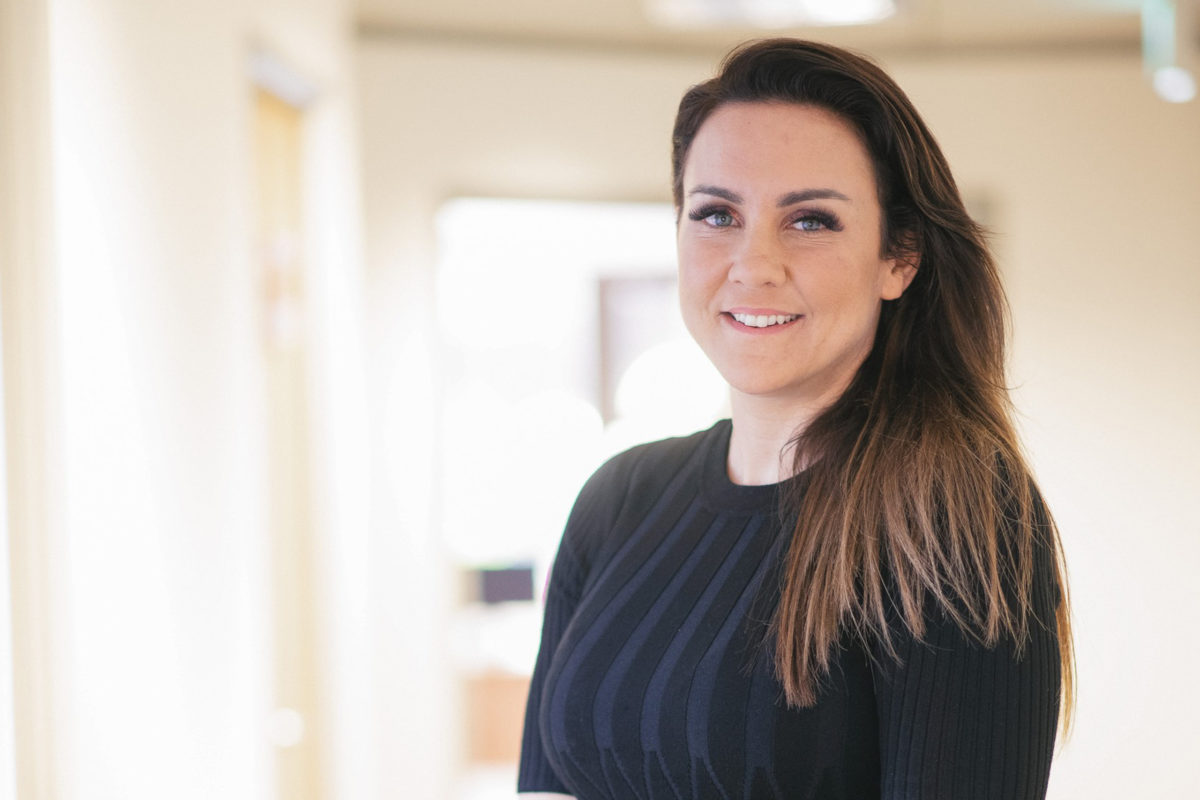In a 2021 report, the ‘Equal by 30’ initiative estimated that women account for 32% of the energy sector. While women make up 39% or roles at the entry level, they represent just 26% or all executives and “C-Suite” leaders.
In 2022, the International Energy Agency (IEA) estimated that on average, there are 76% fewer women than men working in the energy sector, a significant difference from the average 8% gap seen across the total workforce.
These estimates are hardly groundbreaking, and many women working in the sector will probably shrug their shoulders in agreement with the findings. But what is interesting is the research done to date on why this is the case.
There is no single issue that shines out, but a gradual and persistent accumulation of small cultural and behavioural factors which over time have a negative impact.
From my own personal experience, the effect of regularly being the only woman in the room is exhausting. A sense of belonging cannot be underestimated. Looking up and across and seeing no female role models makes it challenging to further a career.
In addition, “solutions” today tend to be focused on helping women change – they are sent on courses to build confidence; become more assertive or develop leadership traits. In other words, training for women to behave and act more like men. This is not, and never will be, the answer.
To succeed in any career, not just energy, women need space to be able to develop, they need role models and supporters who actively promote them. They need organisations and employees to recognise that their skills and behaviours are possibly different from the prevailing norm, but this difference is what gives diversity its power.
Creating a sustainable and innovative future will depend on our ability to harness all possible talent to foster breakthrough ideas, technologies, and solutions that will transform our world.
From my perspective as a woman working at a senior level in the energy sector, the solutions are relatively simple (at least in theory):
- Women need more positive role models in senior positions. Importantly, if there are not role models visible within organisations, like-minded networks can help fill the gap to ensure women can get the inspiration and support that will drive them to do the best job possible.
- Flexibility in role adaptation and working patterns is needed throughout careers for all employees. Parental leave, childcare, school pick-ups and care needs should be accommodated for all, but there is no getting away from the fact that women often manage the lion’s share. Women are not looking to work or commit less, but it is a two-way process, in managing work/life challenges and organisations can play a huge role in creating a supporting culture to enable this balance by providing flexibility to their employees.
- Many organisations have got a lot better at adapting their recruitment processes to attract women. But to keep them, there needs to be ongoing processes to ensure the different skills and behaviours that women bring to an organisation are fully credited. Unconscious bias are still a major blocker to women feeling as though their voices are not heard and to opportunities for promotion.
- Finally, and probably most importantly, there needs to be recognition by everyone that it is not the women that need fixing! Organisational cultures, working environments and accepted behaviours are where the focus needs to be.
There is no lack of talent or energy held by women in the sector and there are clearly some great things going on in many organisations. But the momentum must continue – building to support women in achieving their potential in their chosen careers as through empowering women, the energy industry will flourish.
The Equality Initiative
Australia is one of the 13 member countries who have joined the Equality in Energy Transitions Initiative (Equality Initiative). The Equality in Energy Transitions Initiative is a collaboration between the Clean Energy Ministerial (CEM) and the International Energy Agency (IEA), with the aim of advancing women’s participation in clean energy and closing the gender gap in the energy sector.
In addition, the Australian government has made a committed to achieving gender equality in the energy sector by 2030. On 17 January Australia formalised this commitment by signing up to the equal pay, equal leadership and equal opportunity objectives of the global Equal by 30 campaign.
Due to take place on March 8, 2023, the theme for this year’s International Women’s Day is “DigitALL: Innovation and technology for gender equality.”
About the author:
Lisa Balk is Sales Director for Australia at GridBeyond. Prior to joining GridBeyond Lisa worked for AGL Energy in the Sustainable Business Energy Solutions division as the National commercial sales manager.
The views and opinions expressed in this article are the author’s own, and do not necessarily reflect those held by pv magazine.
This content is protected by copyright and may not be reused. If you want to cooperate with us and would like to reuse some of our content, please contact: editors@pv-magazine.com.








By submitting this form you agree to pv magazine using your data for the purposes of publishing your comment.
Your personal data will only be disclosed or otherwise transmitted to third parties for the purposes of spam filtering or if this is necessary for technical maintenance of the website. Any other transfer to third parties will not take place unless this is justified on the basis of applicable data protection regulations or if pv magazine is legally obliged to do so.
You may revoke this consent at any time with effect for the future, in which case your personal data will be deleted immediately. Otherwise, your data will be deleted if pv magazine has processed your request or the purpose of data storage is fulfilled.
Further information on data privacy can be found in our Data Protection Policy.